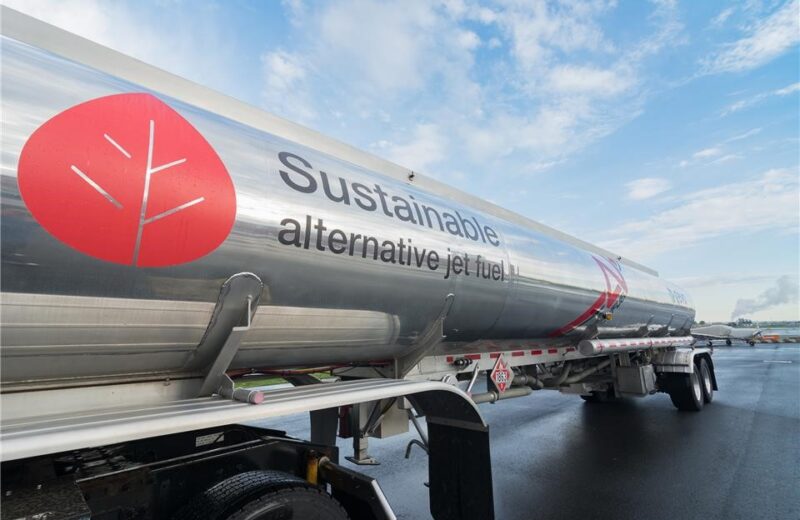EBAA backs calls for a five-point green plan to kickstart aviation

The European Business Aviation Association (EBAA), secretary general, Arthar Husain Khan believes business aviation has an opportunity to “rebuild better by reducing air transport emissions in the most cost-efficient way”. Khan was commenting on the joint letter presented to the EU by 12 aviation associations, including the EBAA, detailing the industry’s recommendations for a post-Covid-19 transition to achieve climate actions goals by 2050.
European aviation, like the world over, continues to find its feet following the slump experienced due to Covid-19. Travel restrictions have hit the aviation industry hard and those challenges, according to industry players, are compounded by the mounting pressures of meeting climate change targets.
Before Covid-19, pressure over business aviation’s environmental impact was at forefront of industry discussion. Khan reminds us that this has not gone away, but business aviation, and aviation as a whole, has an opportunity to continue to treat investment in sustainability and health and safety topics as the “new normal”. Thereby ensuring economic viability, which Khan says “is a prerequisite for safeguarding both air connectivity and our ability to keep investing in decarbonisation”.
The EBAA has grouped with 11 other air transport associations in presenting a joint letter to EU leaders asking them to prioritise specific decarbonisation initiatives in their allocation of future Covid-19 relief funding. In the meantime, aviation has also requested that existing financial instruments, such as loans, be made available.
The first of the five main proposals outlined by European aviation’s united front focuses on Sustainable Aviation Fuel (SAF). It recommends boosting the production of SAF in Europe through a dedicated and stable set of policy measures and public investment plans. Those measures would include direct capital investment in SAF production facilities and making Europe the centre for SAF production through funding of commercial projects.
Secondly, the signatories of the letter have urged the EU to implement a green incentive scheme for airlines and aircraft operators to replace older aircraft, including fixed wing and rotorcraft, with modern, more environmentally friendly models.
The third point proposes the EU should increase public funding and public co-funding rates for civil aviation research & innovation. In order to inject extra capital into clean air research than is already provided through MFF and Horizon Europe.
Penultimately, the letter calls for investment in the European Air Traffic Management system (ATM) continue to enhance of the benefits of Single European Sky and to temporarily give 100% public funding for the deployment of SESAR technologies with proven sustainable and environmental benefits.
The last proposal focuses on ensuring eligibility for investment in sustainable airport and heliport infrastructures for all those who are undertaking such a project in Europe. This includes improving energy efficiency, renewable generation and electrification of ground vehicles amongst others.
The aviation organisations behind the letter included: Aerospace and Defence Industries Association of Europe, Airport Councils International Europe and the European Travel Commission.
Five-point green plan to kickstart aviation
1. Renewed and increased investment in SAF
2. Incentive scheme to trade in old aircraft
3. Increased funding for clean air research (e.g. hydrogen)
4. Continued investment in Air Traffic Management system
5. Funding for sustainable infrastructure (airports and heliports)








